Marine Construction
The marine construction industry involves the planning, design, construction, and maintenance of structures and infrastructure in marine environments such as oceans, seas, rivers, and lakes. It encompasses a wide range of projects that support various sectors including transportation, energy, defense, coastal protection, and marine resource development. Here are key aspects of the marine construction industry:
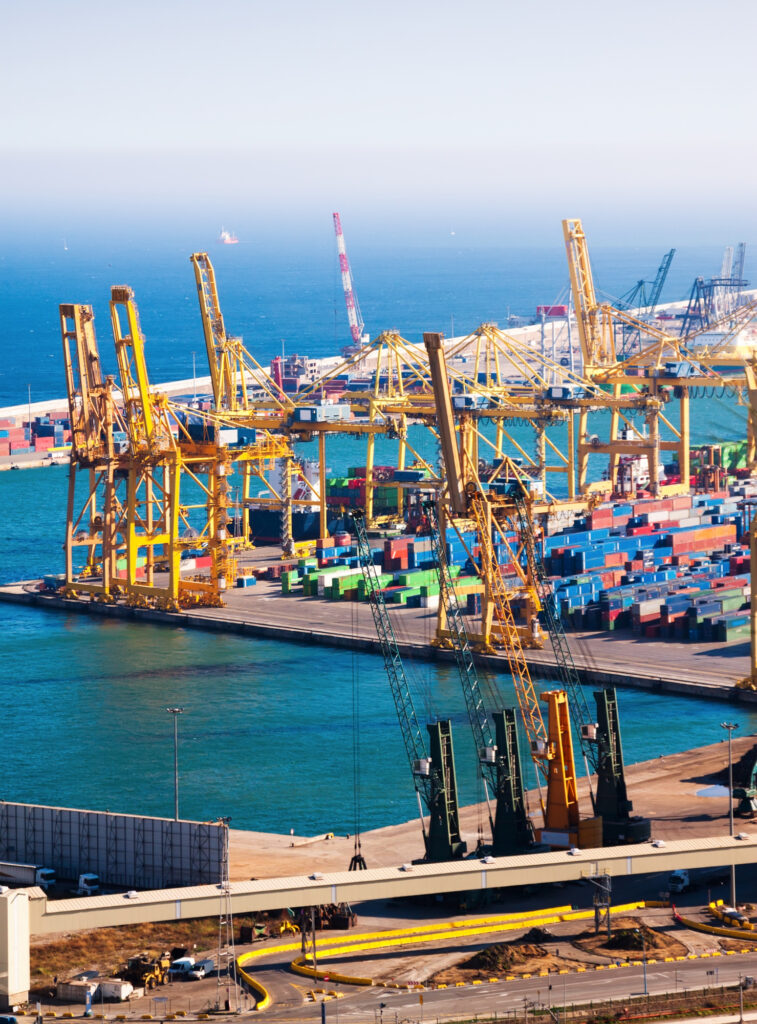
Infrastructure Development
- Ports and Harbors: Construction of ports and harbors involves the creation of docking facilities, piers, breakwaters, and navigational channels to accommodate vessels, facilitate cargo handling, and support maritime activities.
- Bridges and Tunnels: Building bridges and tunnels over bodies of water enables the establishment of transportation links, connecting landmasses and improving accessibility.
- Offshore Platforms: Construction of offshore platforms involves the installation of structures for oil and gas exploration, production, and processing in offshore areas.
Coastal Protection & Erosion Control
- Shoreline Protection: Constructing seawalls, revetments, and breakwaters helps protect coastal areas from erosion, storm surges, and wave action.
- Beach Nourishment: Adding sand to eroded beaches helps restore and maintain their natural profile, enhancing coastal resilience and supporting tourism.
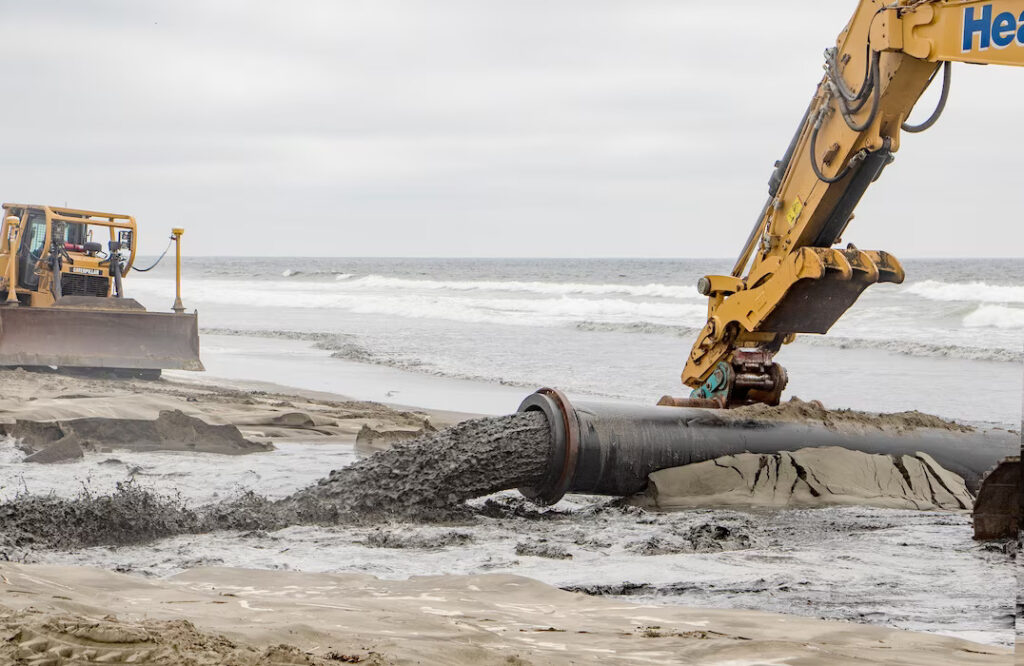
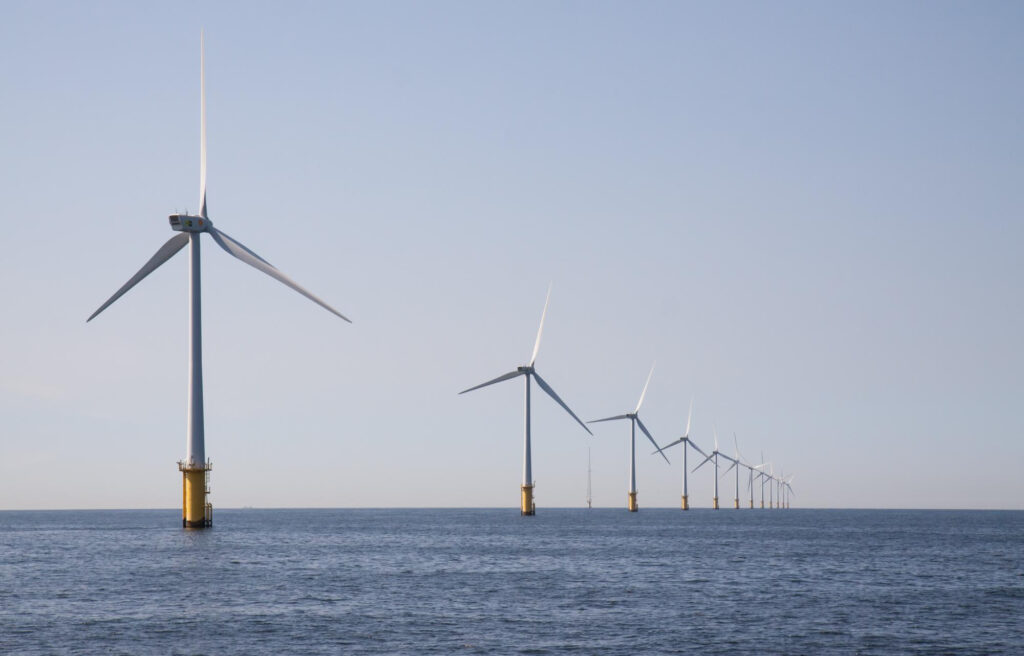
Offshore Renewables
- Wind Farms: Construction of offshore wind farms involves installing wind turbines and associated infrastructure in marine environments to harness wind energy.
- Marine Renewable Energy: Development of technologies such as tidal and wave energy converters requires marine construction for deploying devices and power generation equipment.
Subsea Infrastructure
- Submarine Cables: Laying and burying submarine cables for telecommunications and power transmission enables global connectivity and energy distribution.
- Subsea Pipelines: Construction of subsea pipelines facilitates the transportation of oil, natural gas, and other fluids over long distances.
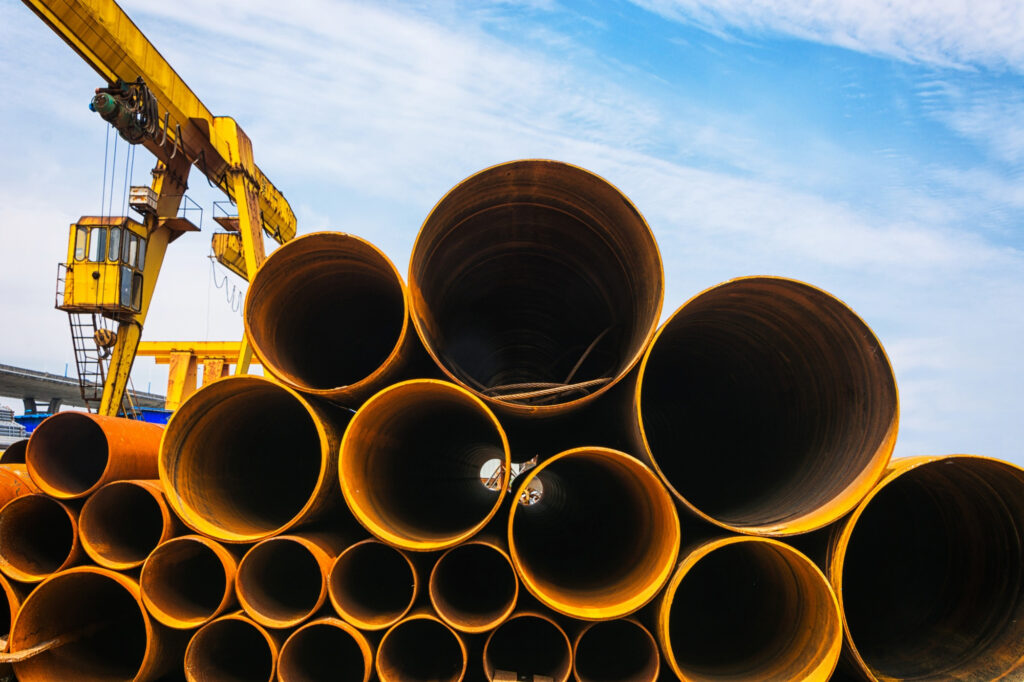
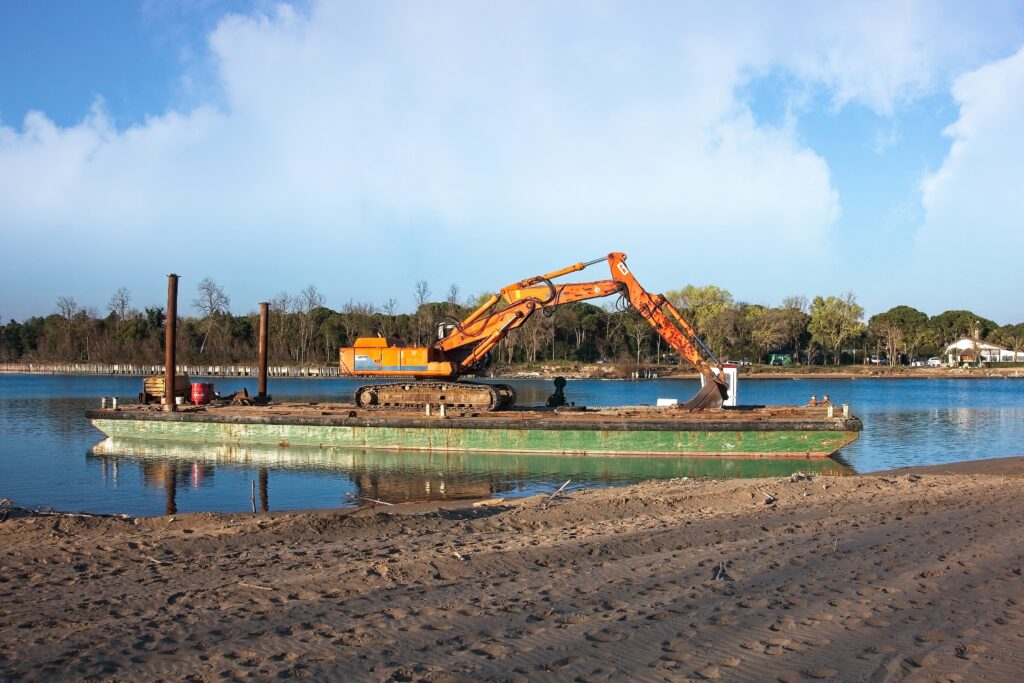
Dredging & Land Reclamation
- Dredging: Removal of sediments from water bodies helps maintain navigational channels, deepen ports, and create or expand harbors.
- Land Reclamation: By depositing dredged materials or infilling with soil and rock, new land areas can be created for infrastructure development or environmental conservation.
Underwater Construction & Maintenance
- Underwater Welding and Cutting: Skilled divers and specialized equipment are employed for welding, cutting, and repair activities in underwater environments.
- Inspection and Maintenance: Regular inspection and maintenance of underwater structures such as bridges, piers, and offshore installations are carried out to ensure their structural integrity.
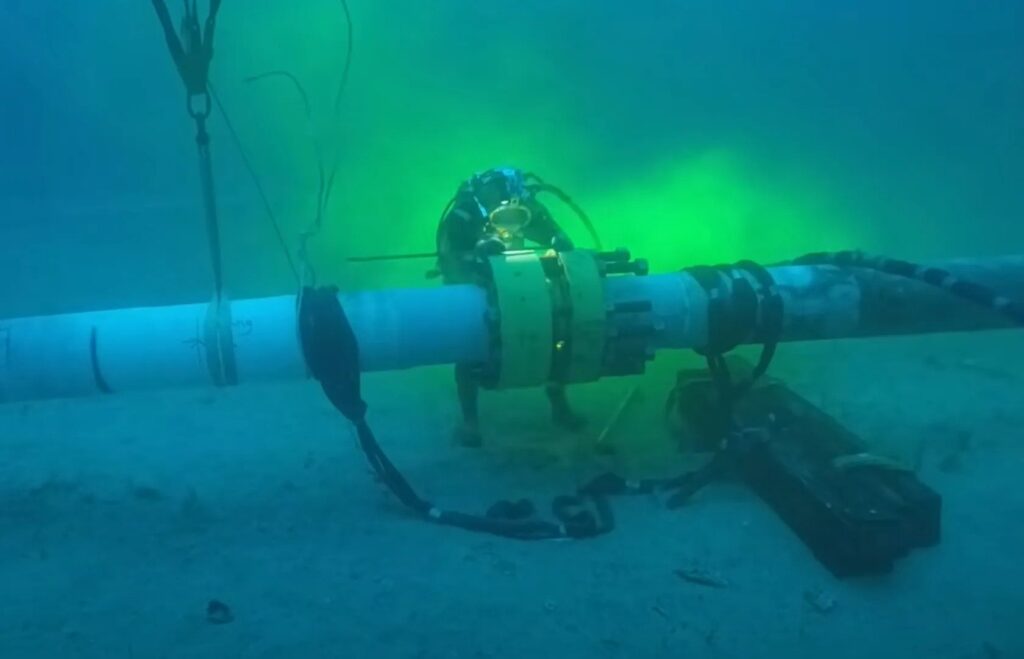
Looking To Partner With An Energy Industry Leader?
CEES has the patents, equipment, and most importantly top talent needed to get your energy project done right. Learn more about our services and discover the CEES difference.

